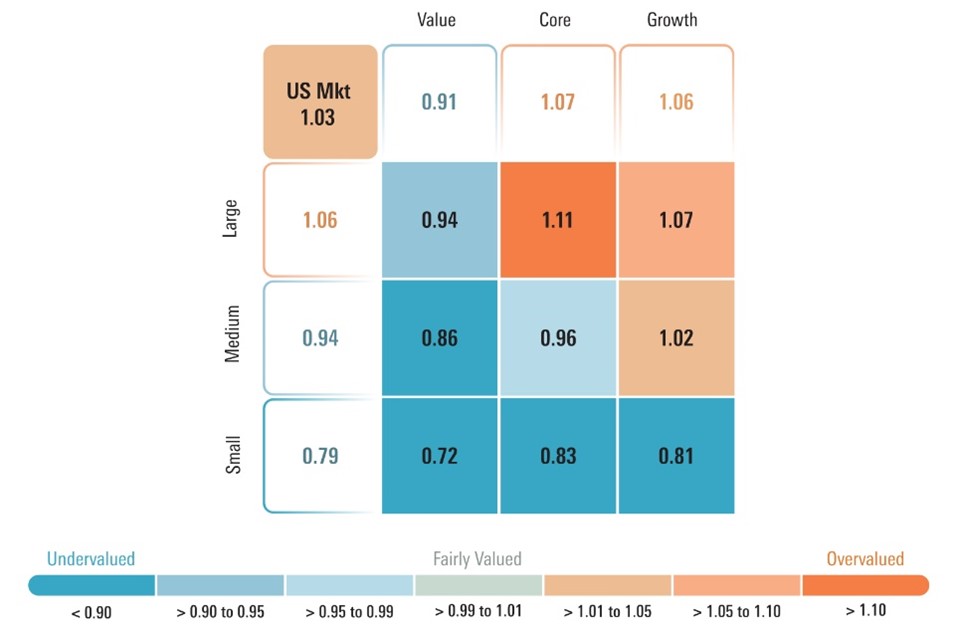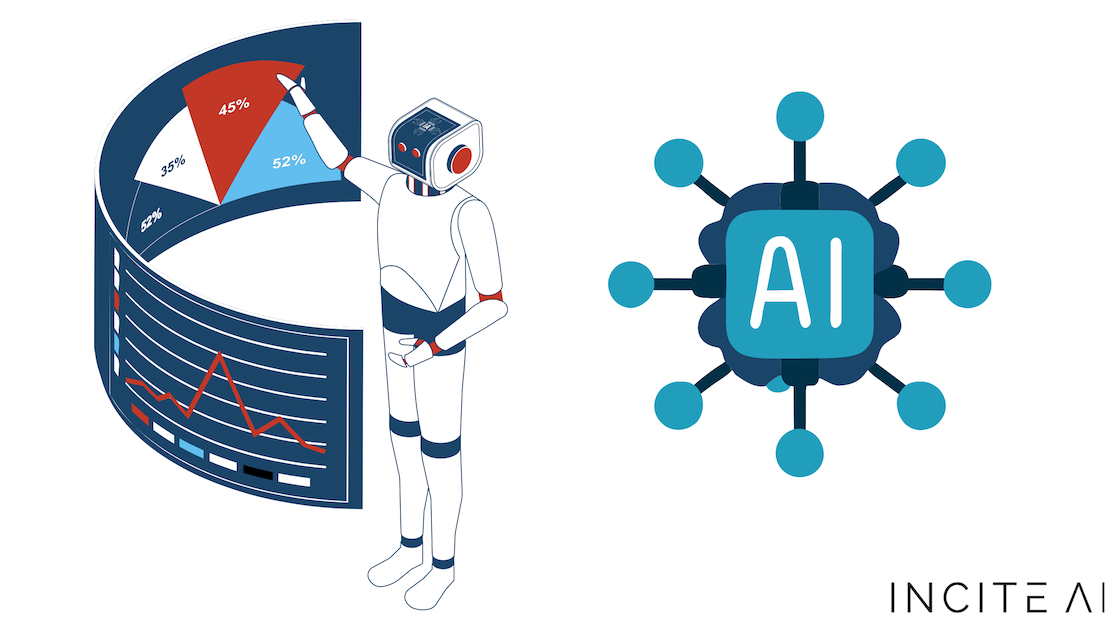20 Handy Ways For Choosing AI Stock Prediction Websites
Top 10 Tips For Assessing The Quality Of Data And Sources For Ai Trading Platforms Which Predict Or Analyze Price Of Stocks.It is vital to examine the quality of data and sources utilized by AI-driven trading platforms as well as platforms for stock prediction to ensure accurate and reliable data. Poor data can result in false predictions, losses of funds, and distrust. These are the top 10 guidelines to evaluate the quality of data and sources:
1. Verify the data sources
Check the origin of the data Make sure the data source is trustworthy and well-known data providers (e.g., Bloomberg, Reuters, Morningstar, or exchanges such as NYSE, NASDAQ).
Transparency. A platform that is transparent should reveal all the sources of its data and keep them updated.
Beware of dependency on a single source: Trustworthy platforms usually aggregate data from multiple sources in order to lessen error and bias.
2. Examine the freshness of data
Real-time vs. delayed data: Determine whether the platform offers actual-time data or delaying information. Real-time data is crucial for trading that is active. The delayed data is sufficient for long term analysis.
Check the update frequency (e.g. minute-by-minute updates and hourly updates, or daily updates).
Historical data accuracy - Make sure that all historical data is constant and do not have gaps or anomalies.
3. Evaluate Data Completeness
Check for missing data: Check for missing tickers or financial statements as well gaps in the historical data.
Coverage: Ensure the platform has a wide variety of markets, stocks indexes, and other equities that are relevant to your trading strategies.
Corporate actions: Check if your platform is able to take into account dividends and splits in stocks as well as mergers and other corporate actions.
4. The accuracy of test data
Cross-verify the data: Check data from the platform with data from other sources you trust to assure the accuracy of the data.
Look for errors: Search for any anomalies, price errors, and mismatched financial metrics.
Backtesting. Utilize historical data in order to test trading strategy and determine whether it is in line with expectations.
5. Examine the Data Granularity
In terms of level of detail, make sure the platform is able to provide precise information, like price, volume bidding-asking spreads, and depth of the order book.
Financial metrics: See if the platform provides detailed financial statements (income statement and balance sheet, as well as cash flow) and key ratios (P/E, P/B, ROE, etc. ).
6. Verify that the data is cleaned and Preprocessing
Normalization of data is crucial for ensuring consistency.
Outlier handling: See how the platform deals with outliers or anomalies that are within the data.
Missing Data Imputation: Verify whether the platform is using trusted methods to add data points that aren't there.
7. Examine data consistency
Timezone alignment: Make sure that all data is aligned with the same timezone to avoid discrepancies.
Format consistency: Determine if the data is presented in the same format (e.g., units, currency).
Cross-market consistency: Check that the data of different exchanges or markets are harmonized.
8. Assess Data Relevance
Relevance of your trading strategy. Make sure that the information corresponds to your style of trading.
Features Selection: Find out if the platform provides pertinent features, like sentiment analysis, economic indicators, and news data, which will improve the accuracy of predictions.
Review Data Security Integrity
Data encryption: Check that the platform utilizes encryption to protect data when it is transferred and stored.
Tamper-proofing: Verify that the data isn't altered or altered by the platform.
Conformity: Ensure that the platform you are using is compliant with all applicable laws regarding data protection (e.g. GDPR, CCPA).
10. The Transparency Model of AI Platform is Tested
Explainability: Ensure the platform offers you insight into the AI model's use of data in making predictions.
Bias detection: Find out whether the platform monitors and mitigates biases in the data or model.
Performance metrics. Evaluate the performance metrics, such as precision, accuracy, and recall to assess the reliability of the system.
Bonus Tips
Reviews and reputation of users Check out feedback from users and reviews in order to determine the reliability of the platform and the data quality.
Trial period. You can avail an unpaid demo or trial to test out the platform and its features.
Customer support: Check if the platform offers a robust customer service to help with questions about data.
Utilize these suggestions to determine the source of data and the quality of AI software for stock prediction. Make informed decisions about trading based on this information. Take a look at the top ai trading tools for blog tips including chart ai trading assistant, ai for stock trading, best ai trading app, AI stock market, ai for trading, ai for investing, best ai trading software, investing ai, investing ai, AI stock trading app and more.

Top 10 Tips For Evaluating The Scalability Of Ai Stock Predicting/Analyzing Trading Platforms
In order to ensure that AI-driven prediction and trading platforms are able to handle the growing quantity of data, user requests, and market complexity, it is vital to determine their capacity. Here are 10 strategies for evaluating scaling.
1. Evaluate Data Handling Capacity
Tips: Make sure the platform can analyse and process large data sets (e.g. historic stock data, real-time market feeds, or alternative data such as news or social media).
The reason: Scalable platforms need to manage increasing volumes of data without performance degradation.
2. Test the Real-Time Processing Capabilities
TIP: Examine how the platform processes live data streams, such as live stock prices, or breaking news.
Reason: Delays in trading decisions can result in missed opportunities.
3. Cloud Infrastructure Elasticity and Check
Tip: Check if the platform can dynamically scale resources and uses cloud infrastructure (e.g. AWS Cloud, Google Cloud, Azure).
The reason: Cloud platform elasticity allows the system's size to change based on use.
4. Algorithm Efficiency
Tips: Find out the effectiveness of AI models used to make predictions (e.g. Deep Learning and Reinforcement Learning).
Reason: Complex algorithms can be resource intensive Therefore, the ability to optimize these algorithms is vital to scalability.
5. Learn about Parallel Processing and Distributed Computer Systems.
TIP: Make sure to check that the platform supports frameworks for parallel processing or distributed computing frameworks.
The reason: These technologies allow quicker data processing and analysis across multiple nodes.
Examine API Integration & Interoperability
Tips Try to test the platform's capacity to connect with APIs from outside (e.g. market data providers, brokerage APIs).
What's the reason? Seamless integration with platforms ensures it can adapt to new sources of data or trading environment.
7. Analyze User Load Handling
Tip: Simulate high users to gauge how the platform does under pressure.
What's the reason? A platform that is scalable must maintain performance, even as the number of users increases.
8. Analyze the model retraining and adaptability
Tips Check how often the AI models are retrained on new data.
The reason: Markets change, and models have to change quickly to keep their accuracy.
9. Verify Fault Tolerance and Redundancy
TIP: Make sure your platform has redundancy and failover mechanisms for handling hardware or other software malfunctions.
Why is that downtime in trading can be expensive, and fault tolerence is important for scaling.
10. Monitor Cost Efficiency
Review the costs associated with your platform which includes cloud's storage, cloud resources and computation power.
What is the reason? Scalability shouldn't be at the expense of insufferable costs. It is thus crucial to strike a fair balance between performance and cost.
Bonus Tip: Future-Proofing
Platforms must be designed to integrate emerging technologies like quantum computing as well as advanced NLP. They must also adapt to regulatory change.
If you focus on these elements you will be able to assess the capacity of AI stock prediction and trading platforms, ensuring that they are reliable, efficient and ready for the future expansion. Read the top rated AI stock analysis for more recommendations including best AI stocks to buy now, ai tools for trading, ai in stock market, best AI stocks, ai in stock market, ai investment tools, chart analysis ai, ai tools for trading, ai in stock market, free AI stock picker and more.
